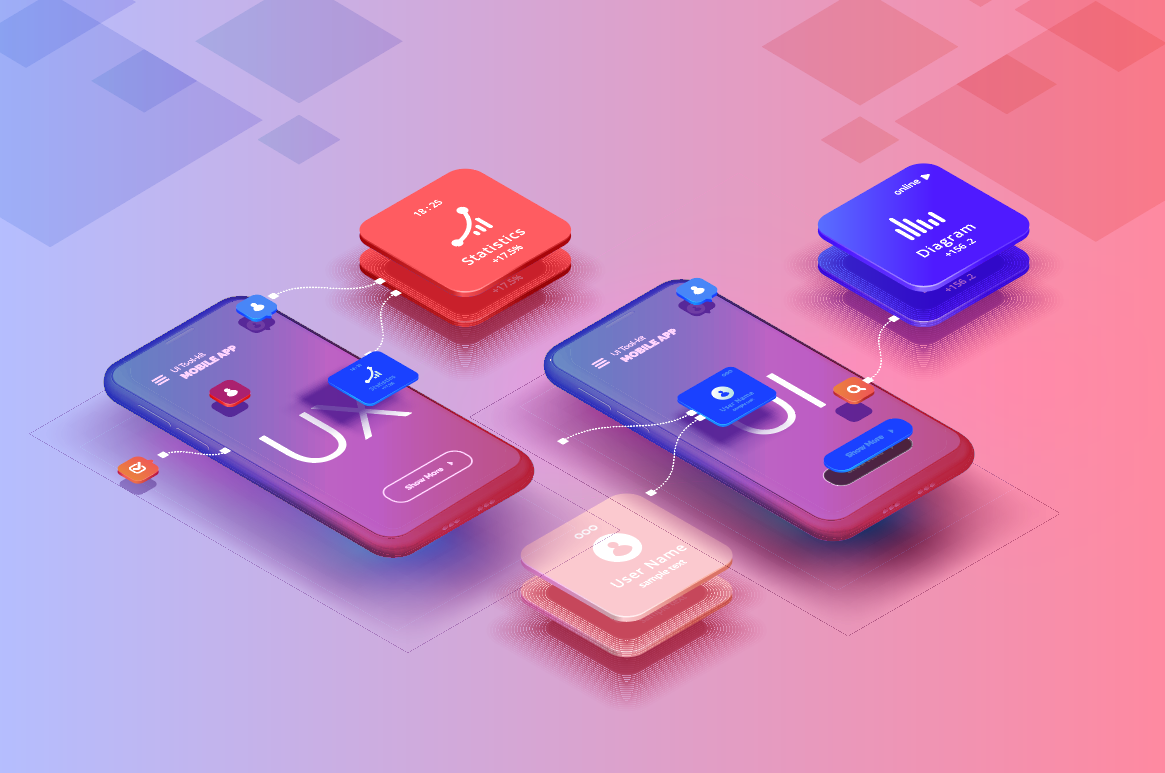Embracing Evolution: UX Design Trends in 2024
User Experience (UX) design is continuously evolving, driven by technological advancements, changing user expectations, and emerging design principles. As we step into 2024, the landscape of UX design is poised for further transformation, promising more personalized, intuitive, and immersive experiences across digital platforms. Let’s explore some of the key trends shaping UX design in 2024:
1. AI-Powered Personalization
In 2024, AI continues to play a pivotal role in UX design, particularly in delivering personalized experiences. AI algorithms analyze user behavior, preferences, and interactions in real-time to tailor interfaces, content recommendations, and navigation paths. This level of personalization not only enhances user satisfaction but also increases engagement and conversion rates.
2. Voice User Interfaces (VUI)
With the proliferation of smart devices and virtual assistants, VUIs are becoming mainstream in UX design. In 2024, we anticipate more intuitive voice interactions across platforms, enabling users to perform tasks, retrieve information, and control devices through natural language commands. Designers are focusing on creating seamless voice experiences that integrate smoothly with visual interfaces.
3. Augmented Reality (AR) and Virtual Reality (VR)
AR and VR technologies are revolutionizing UX design by providing immersive and interactive experiences. In 2024, expect to see more applications integrating AR/VR for gaming, education, shopping, and virtual meetings. Designers are challenged to create intuitive interfaces that enhance user engagement while leveraging the spatial capabilities of these technologies.
4. Minimalism with Purpose
Minimalist design principles continue to thrive in 2024, emphasizing clarity, simplicity, and user-centricity. However, the focus has shifted towards minimalism with purpose, where each design element serves a specific function or enhances usability. Clean interfaces with ample whitespace, concise content, and intuitive navigation are key trends driving user satisfaction.
5. Dark Mode Optimization
Dark mode has gained popularity for its aesthetic appeal and reduced eye strain, especially in low-light environments. In 2024, UX designers are optimizing dark mode interfaces by ensuring contrast, readability, and accessibility. Customizable themes that allow users to switch between light and dark modes seamlessly are becoming standard.
6. Accessibility-First Design
Accessibility remains a cornerstone of UX design in 2024, with an increasing focus on inclusivity and usability for all users, including those with disabilities. Designers are incorporating accessible design practices from the outset, such as text-to-speech capabilities, high-contrast modes, and keyboard navigation enhancements.
7. Microinteractions and Animation
Microinteractions and subtle animations enhance user engagement by providing visual feedback and guiding interactions. In 2024, UX designers are leveraging microinteractions to communicate status changes, validate user actions, and add delight to the user experience. Smooth animations and transitions contribute to a fluid and intuitive interface.
8. Ethical Design Considerations
Ethical design practices are gaining prominence as users demand transparency, privacy, and ethical responsibility from digital products. In 2024, UX designers are integrating ethical considerations into their design process, such as respecting user data, providing clear consent mechanisms, and designing with user well-being in mind.
9. Cross-Platform Consistency
With users accessing digital products across multiple devices and platforms, maintaining consistency in UX design is crucial. Designers are focusing on creating unified experiences that adapt seamlessly to different screen sizes, input methods, and operating systems. Cross-platform design systems and responsive layouts are essential for achieving consistency.
10. Data-Driven Design Iteration
Data-driven design continues to drive UX improvements in 2024, enabling designers to make informed decisions based on user feedback, analytics, and usability testing. Iterative design processes allow for continuous refinement and optimization of interfaces to meet evolving user needs and preferences.
In conclusion, UX design in 2024 is characterized by innovation, personalization, and a strong focus on enhancing user experiences across digital platforms. By embracing emerging technologies, ethical considerations, and user-centric design principles, designers can create impactful and memorable experiences that resonate with users in the dynamic digital landscape of 2024.

